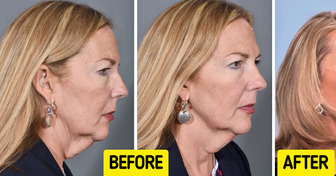Helen Hunt, 60, Stuns During Her Latest Appearance, and Her Lips Become the Center of Attention

As we ponder the possibility of life on other planets, we’re faced with two intriguing options. One is embarking on a mind-bogglingly long journey to another solar system, which would take tens of thousands of years. Imagine living cramped in a spaceship for your entire existence, with 2,000 generations coming and going, all while strictly controlling the population. Not exactly a walk in the park.
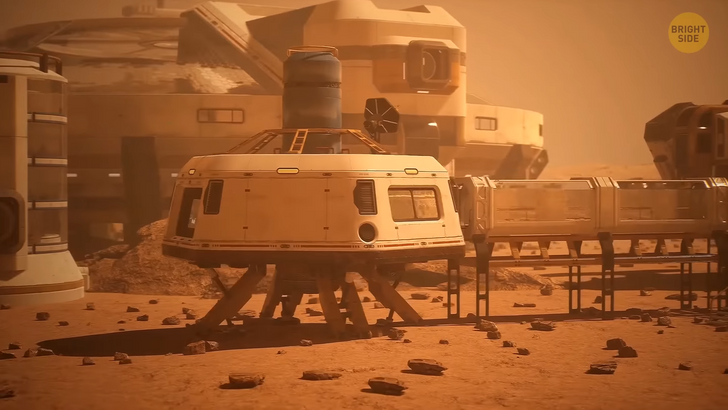
Thankfully, there’s the other choice: Mars! Mars has some neat advantages, starting with its proximity. Plus, it allows an advanced team to set up basic infrastructure. And here’s an interesting twist; A study revealed that the team should consist entirely of females!
Scientists from the Space Medicine Team at the European Space Agency conducted a study published in Scientific Reports that found female astronauts have some cool advantages when it comes to space exploration. They discovered that compared to their male counterparts, female astronauts have lower water requirements for hydration, energy expenditure, oxygen consumption, carbon dioxide production, and metabolic heat during missions.
Now, let’s talk numbers. The study found that during a 1080-day mission, an all-female crew of 4 would require around 3,730 pounds less food weight. Crunching the numbers, this could save over $158 million and free some more space for food packaging! In other words, it’s like freeing up 4% of the habitable volume of a “Gateway” HALO module in NASA’s lunar orbit space station.
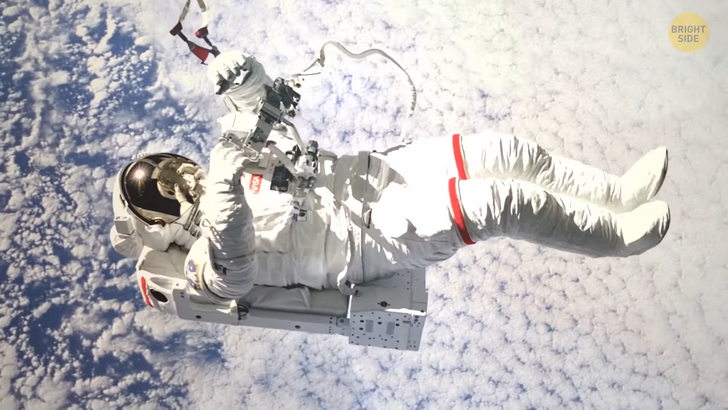
There’s more; spending time in microgravity wreaks havoc on astronaut bodies. Muscles shrink, bones weaken, and overall physical capacity declines. That’s where “countermeasure exercise” comes into play. It’s an exercise designed to counter the effects of weightlessness. Now, here’s the fun part: female astronauts had 29% less water loss through sweating during exercise, which means they needed less water to rehydrate.
Apart from resource efficiency, there are advantages in terms of workspace too. When multiple astronauts are crammed into a confined area, like on the ISS, having smaller crew members becomes handy; just imagine astronauts working shoulder-to-shoulder or back-to-back in tight spaces. With smaller crews, even the proposed NASA Gateway craft could function smoothly in its small quarters. So, based on this study’s findings, it seems there are operational advantages to having all-female crews during future space exploration missions.
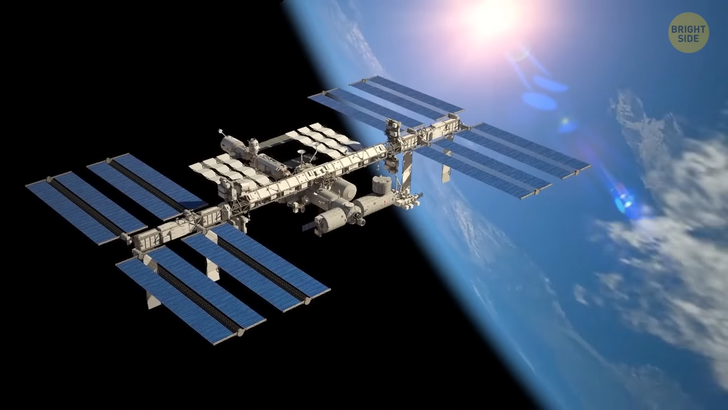
Speaking of all female crew missions, let’s take you on a stellar journey through the universe of women in space! It’s time to have an intergalactic adventure filled with groundbreaking achievements, courageous explorers, and discoveries. Picture this: It’s March 2023, and the number of incredible women who have ventured into the final frontier has reached an impressive count of 72. These space travelers have left their mark on history, making significant contributions to the International Space Station and beyond.
They spent extended periods aboard the ISS, embarked on short-duration missions, or joined space shuttle assembly flights. We tip our space helmets to these extraordinary women from various nations who have carved their names among the stars. But let’s not forget the inspirational pioneers who paved the way for them. Women on the ground have also played a crucial role in space exploration, serving as center directors, managers, and flight directors and taking on countless other roles to propel our quest for knowledge about the cosmos.
The era of women in space ignited on June 16, 1963, with a 3-day mission. Fast-forward nearly two decades to January 1978, and NASA announced the selection of 35 new astronauts, including 6 women, for the space shuttle program. The number of female astronauts is small, but it is increasing exponentially.
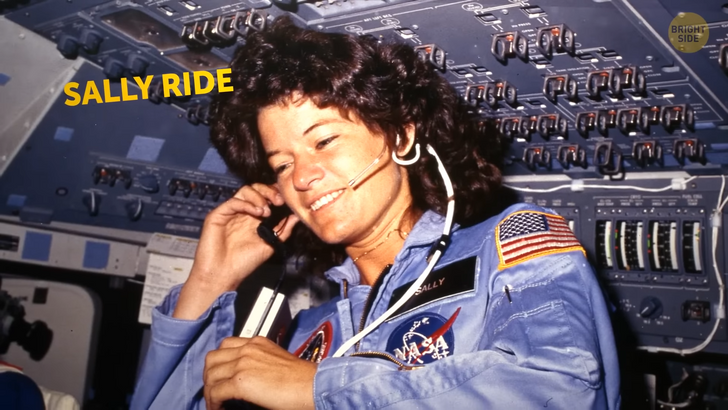
If we move in time for a few more years to June 18, 1983, we would see that astronaut Sally Ride skyrocketed into the record books, becoming the first American woman to venture into space. She spent 7 days aboard the space shuttle Challenger. Then there was another historic event: on July 25, 1984, a female astronaut stepped outside the confines of her spacecraft during her second flight to the space station, becoming the first woman to participate in a spacewalk.
Hot on her heels, on October 11 of the same year, Kathryn Sullivan made her own mark by completing the first spacewalk by an American woman from the space shuttle Challenger during the STS-41G mission. The sky was no longer the limit for these remarkable explorers!
Let’s give a stellar shout-out to Helen Sharman, who achieved the honor of being the first person from the United Kingdom to venture into space. Sharman was only 27 years old at the time and was selected among 13,000 candidates. During the privately funded Juno mission in May 1991, she conducted captivating life sciences experiments and even chatted with British schoolchildren from the cosmos.
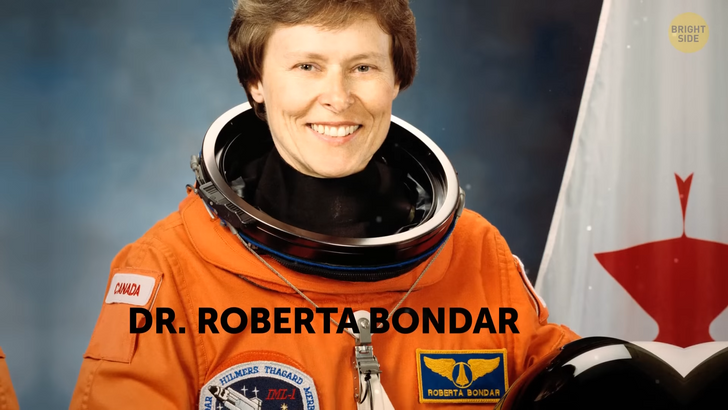
Next up, we have Dr. Roberta Bondar. It was January 1992, and Discovery was blasting off into space. On board is Dr. Bondar, the first Canadian woman to venture beyond our atmosphere. She’s not just any astronaut — she’s a neurologist. During her 8-day mission, she dazzled us with more than 40 mind-boggling experiments.
Then there’s the fabulous Dr. Mae Jemison, a true pioneer. In September 1992, she made history as the first Black American woman in space. Imagine soaring through the cosmos on Endeavour’s STS-47 Spacelab-J mission. Dr. Jemison was on a mission to conduct awe-inspiring experiments in life and materials sciences.
Now meet Ellen Ochoa, a multitasking superstar. Selected as an astronaut in NASA’s 1990 class, Ochoa was the first Hispanic woman in space. Onboard the space shuttle Discovery’s STS-56 mission. She dazzled us not only with her scientific prowess but also with her musical talents. That’s right, Ochoa brought her flute and serenaded the stars during her spare time. She’s the embodiment of “Astro-musician.”
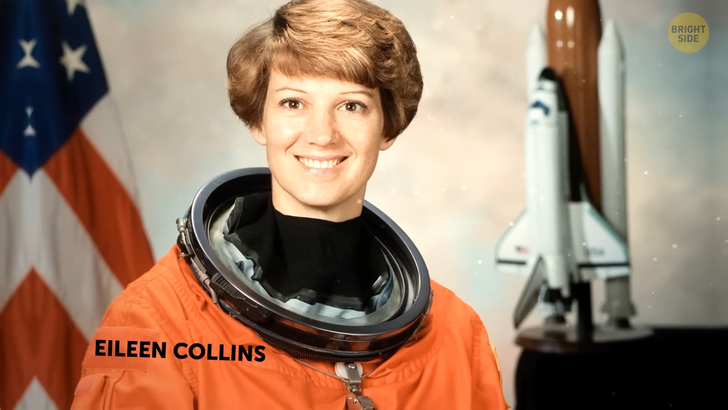
And I also want to refer to Eileen Collins. She is an American astronaut who made significant contributions to space exploration. She began her career as a flight instructor and test pilot, She became not only the first woman to pilot a Space Shuttle but also the trailblazer who commanded her very own Space Shuttle mission. She retired from NASA in 2006. Her leadership and achievements paved the way for future generations of female astronauts.
Saudi Arabia has just rocketed the Kingdom’s first-ever female astronaut to the awe-inspiring International Space Station too. Saudi astronaut Rayyanah Barnawi will be joined by her fellow space explorer Ali AlQarni, as they embark on this stellar journey as part of the AX-2 crew. It’s actually a double celebration. It’s a success for the country but also for the industry because it’s a private mission that contributed to space tourism.
There are different types of it. First up, we’ve got orbital space tourism. Think of it as the super-duper deluxe package of space travel. You’ll be zipping around our lovely planet, making loops and swirls like a celestial acrobat. Next on the menu is suborbital space tourism. You’ll reach the edge of space, just enough to make your heart skip a beat and your eyes pop out like cartoon characters. Then we’ve also got lunar space tourism. Which one would you prefer?
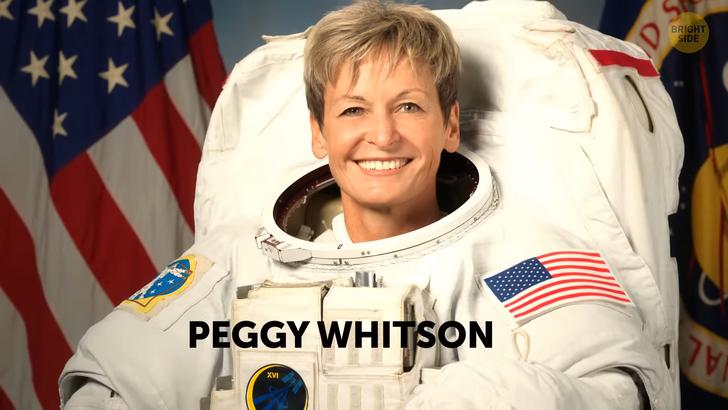
Another record breaker is Peggy Whitson. She spent nearly 377 days in space. Now, let’s talk spacewalks. Whitson boasts a solid 40 hours of spacewalking time, putting her among the top 30 spacewalk record holders. But her colleague Sunita Williams takes the cake with over 50 hours of spacewalking glory.
Williams is a true spacewalking champ, ranking in the top 10 space travelers worldwide and making the top five list for NASA astronauts. Oh, and did we mention Williams ran a marathon in space? Yes, you read that right! She hopped on the space station treadmill and conquered the Boston Marathon in 2007. Keep an eye on Williams because she’s blasting through records and making space exploration even more out of this world!
So there you have it—a captivating journey through the universe of women in space. These remarkable astronauts shattered barriers and conducted groundbreaking experiments. There are many more names to tell. Maybe you can comment below for fellow Bright Siders.











